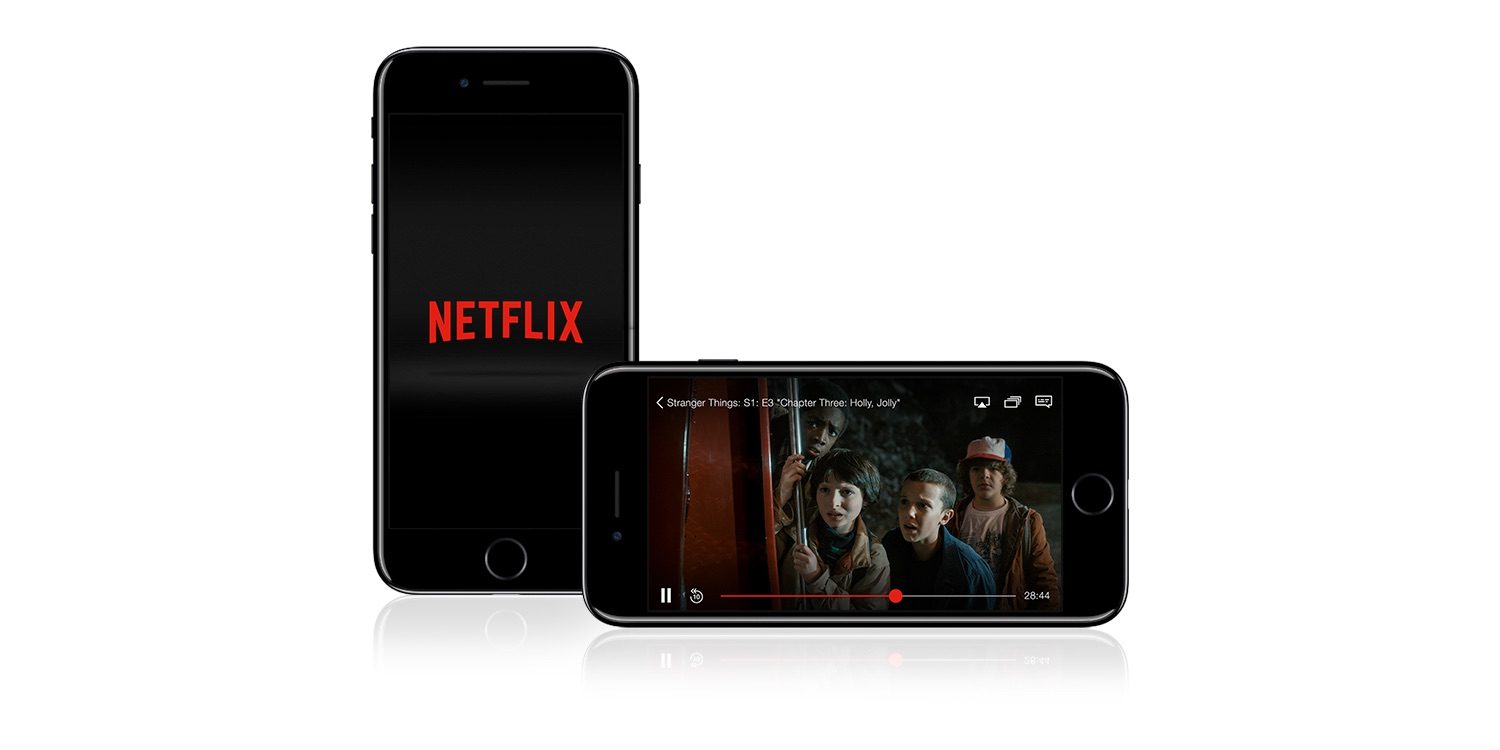Netflix declared the launch of new feature on iOS gadgets that will help make it less demanding to watch its shows when you’re disconnected.
The “smart downloads” highlight, as it’s called, will naturally delete a downloaded video after you’ve got done with watching, at that point download the following one – however all this only when you’re connected with Wi-Fi.
Just like on Android and Windows 10, Netflix subscribers can manually turn the Smart Downloads feature on and off as required. Smart Download just takes a shot at Wi-Fi so there’s no risk of utilizing cellular data information unintentionally if that is a worry.
The thought is that clients will never again need to experience the repetitive work of dealing with their download — erasing those they’ve watched or downloading new titles, for instance. Rather, the application can deal with the download for you, so individuals can invest more time watching Netflix shows.
Smart downloads bode well for the individuals who plan for discontinuous network- like suburbanites who take underground trains, for example, or the individuals who travel through dead spots where remote connection drops. It likewise bodes well for those on restricted data users, who are cautious about not using streaming video applications except if they’re on Wi-Fi.
Offline features like this are critical to pulling in and holding clients in developing markets where network concerns are the standard. That is likely why Netflix organized Android over iOS, for the initial dispatch of smart downloads.
Smart Downloads attempts to be astute about which episode to erase nonetheless. For instance, on the off chance that you have the initial three episodes of the series downloaded, the feature will download scene four after you see scene three and consequently erase scene one while keeping the second and third scenes.
To utilize smart downloads on iOS, you can toggle the option in the Netflix application settings. It at that point turns itself on when you’re associated with Wi-Fi, to guarantee your data plan won’t be utilized and your device storage won’t top off as you watch disconnected. The feature will alarm you when the episode is being referred to have been downloaded.
“The faster our users can get to the next episode of their favorite stories, the better. Now, fans on the Netflix iOS app can get in on the fun and convenience of Smart Downloads, spending less time managing their downloads and more time watching,” said a Netflix spokesperson in a statement about the launch. “The feature is one more way we’re making it easier for Netflix fans to take the stories they love wherever they go,” they added.
Netflix shares these directions for controlling the feature here:
Turn Smart Downloads on or off from your Downloads section
- Tap the Downloads symbol
- From the top of the My Downloads segment, select Smart Downloads.
- Use the switch to turn Smart Downloads on or off.
Turn Smart Downloads on or off from App Settings
- Tap the Menu symbol.
- Scroll down and select App Settings.
- Under the Downloads heading, use the switch to turn Smart Downloads on or off.



